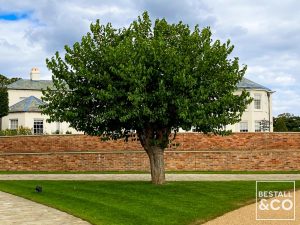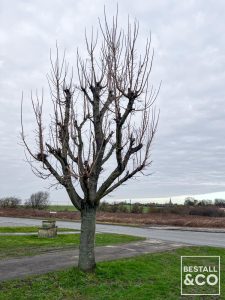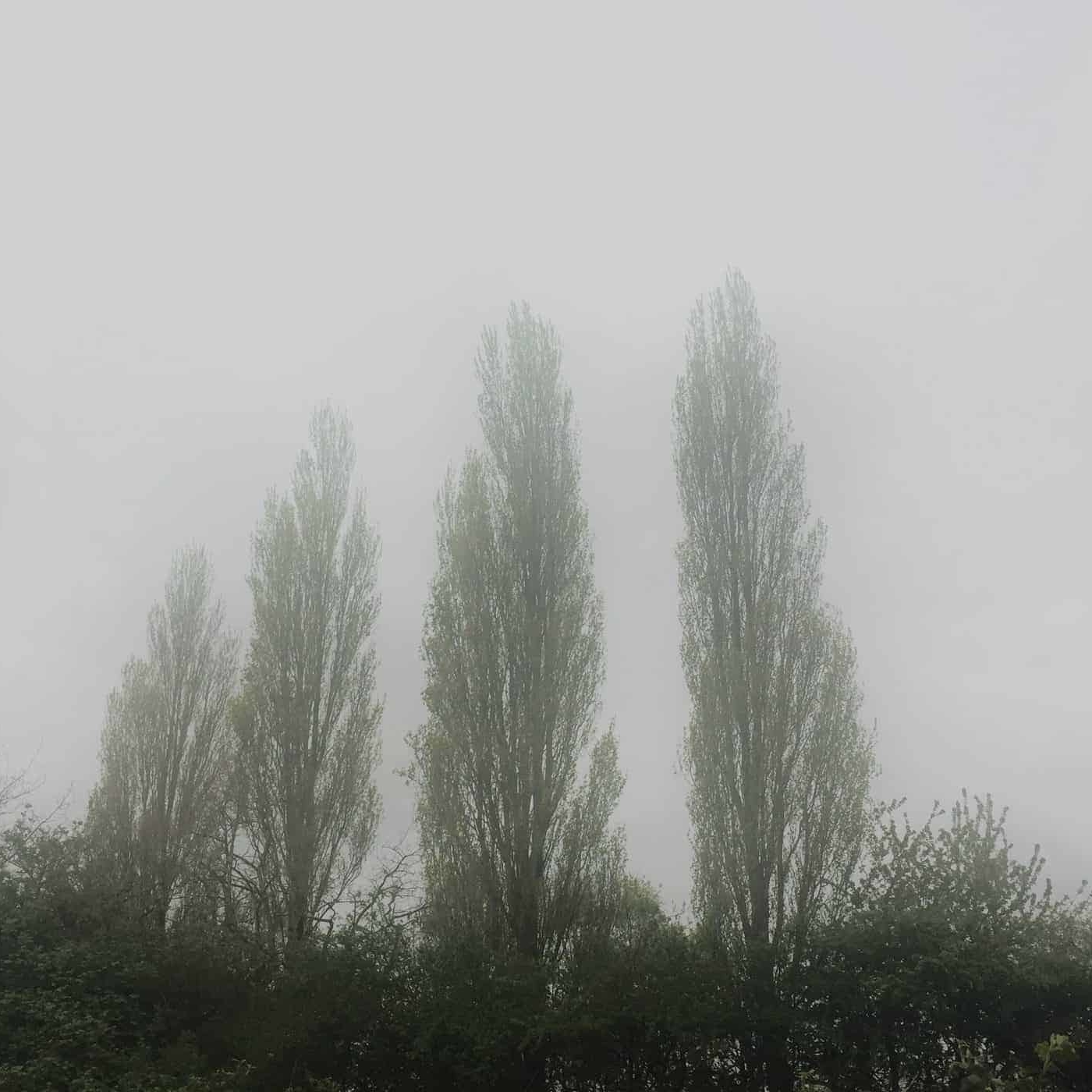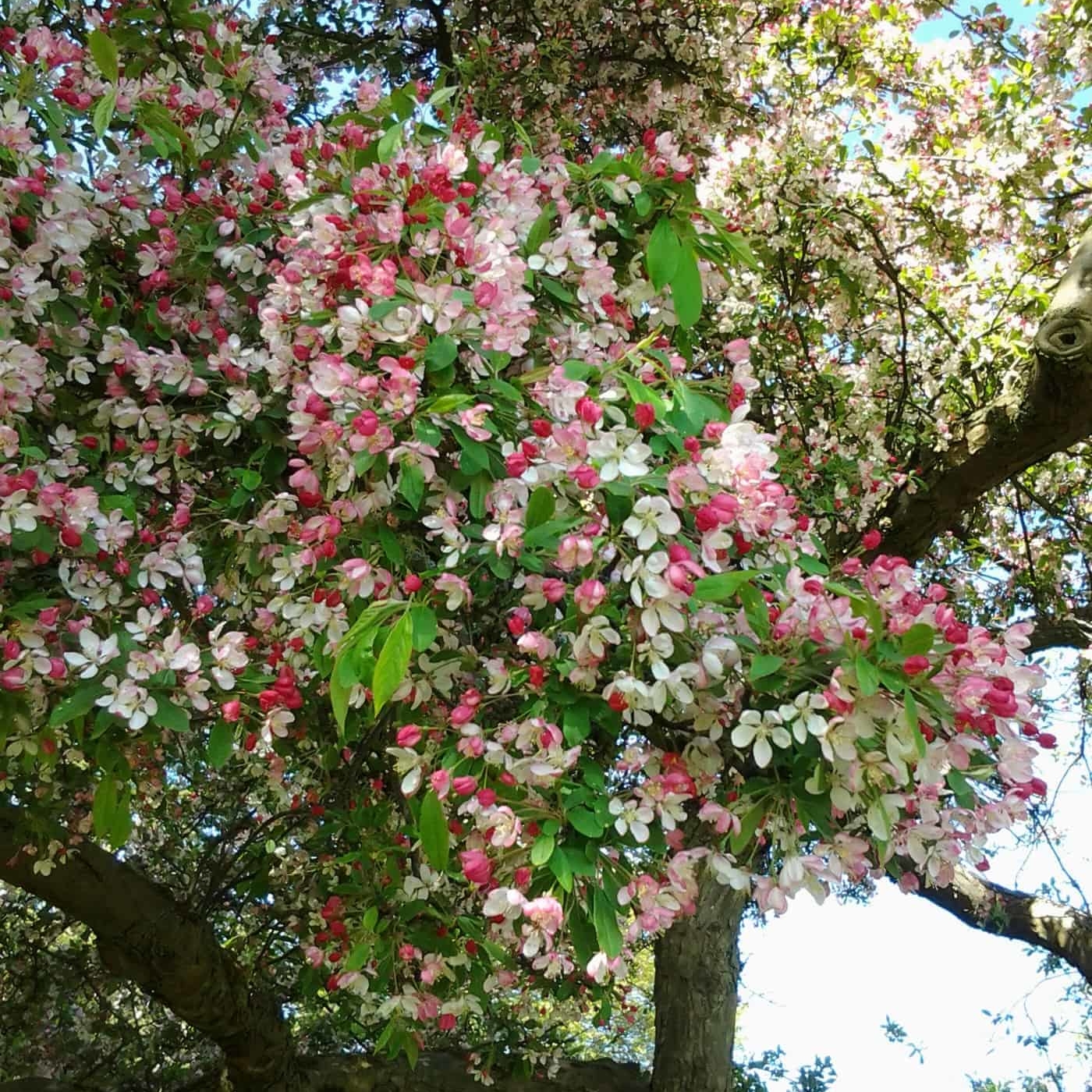Pollarding explained: Top 5 trees to pollard

Pollarding is a term given to the process in which the main branch systems of trees are pruned heavily to short stubs. This promotes vigorous young re-growth from the stumpy branches and is often used in urban areas to reduce the crown size of old street trees. Modern street trees are selected for their size and habit and varieties are chosen that do not grow too large, obscure vision for motorists or pedestrians and do not drop excessive leaf litter. A century ago when many trees were planted in cities the choice of species was limited.

Much of the older tree stock that was planted will have been chosen for the ability to tolerate pollution rather than for its decorative attributes. An example is Platanus x hispanica – the London plane. These large and often over-mature specimens often cause problems with reducing visibility, blocking drains and gutters, lifting paving, restricting light into neighbouring houses and dropping large branches. One way of managing this is to pollard them and it’s better than the alternative which is to remove them.

Unfortunately, some of these trees are initially lopped in a haphazard way and the tree can soon become very unattractive. They need regular maintenance – ideally requiring removal of the water shoots that subsequently form at least once every 2 years. Neglecting this process can lead to congested branch systems. This in turn can lead to damage caused by the densely packed stems rubbing against each other as they grow, ultimately creating a very unsightly crown.
Origins of Pollarding
The practice of pollarding was originally carried out to produce timber of different sizes for fuel, hurdle-making, charcoal-making and basket-weaving. The regular cutting back produced an abundance of young, vigorous, long stems, then cut at different ages depending on the end use. This process is very similar to coppicing but carried out at an elevated height on the main trunk. Grazing animals would not then be able to reach the new growth.
Pollarding for Decoration
At its best, when maintenance is carried out professionally and regularly, pollarding can produce highly decorative forms. We see them seen in many cities on the continent, lining boulevards and market squares, where they use the dense canopies of foliage rather like giant parasols. They offer excellent shade during the hot summer months.
Water Shoots
Most deciduous broad-leaved trees can be pollarded. The key is that the species must be capable of producing what is known botanically as ‘epicormic growth’. The common term is ‘water shoots’. These vigorous growths are sometimes produced spontaneously, but are instigated into mass production by pruning back the upper growth. Dormant buds lower down the stems are triggered into producing vigorous stems as energy stored in the roots is re-directed. Most conifers do not possess this ability and are therefore unsuitable.
A few of the best trees to pollard include:
Platanus x hispánica (London plane)
Tilia x europaea (Common lime)
Acer sp. (Maples) Fagus sylvatica (Beech)
Catalpa bignoides (Indian bean tree)
This article was revised in February 2024
Caroline Wright
Caroline brings decades of horticultural experience, both practical and theoretical. Having lectured at Brackenhurst Horticultural University for many years, Caroline has now relocated to France and is following her passion for growing plants and teaching. Caroline and her husband Paul run the plant nursery, propagating all of the plants themselves and lead a wide selection of fun and interactive horticultural and craft based courses.



